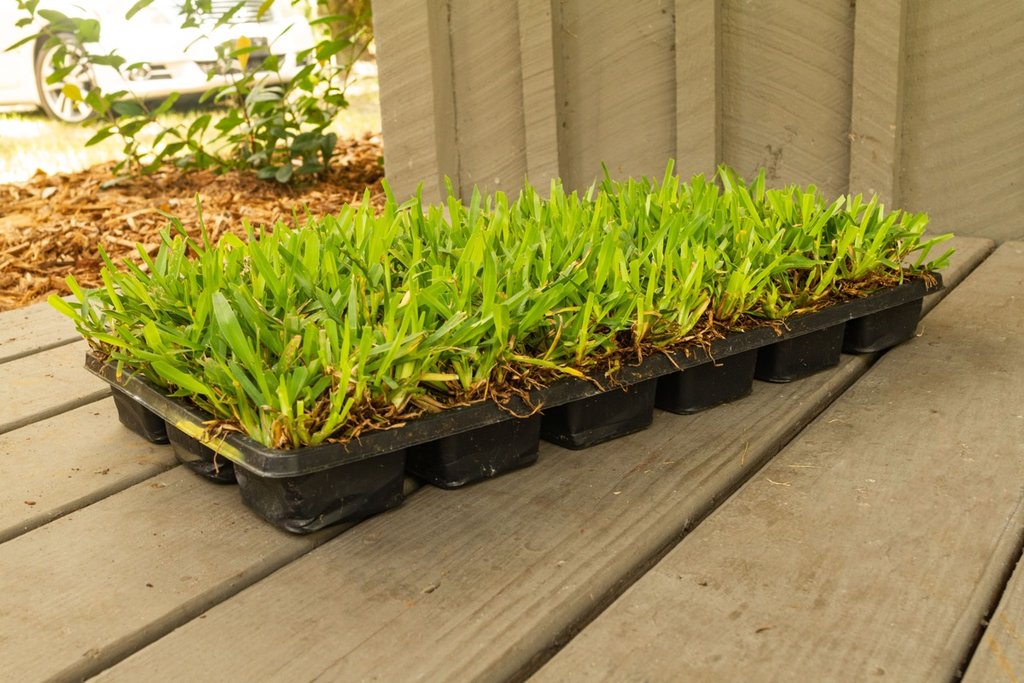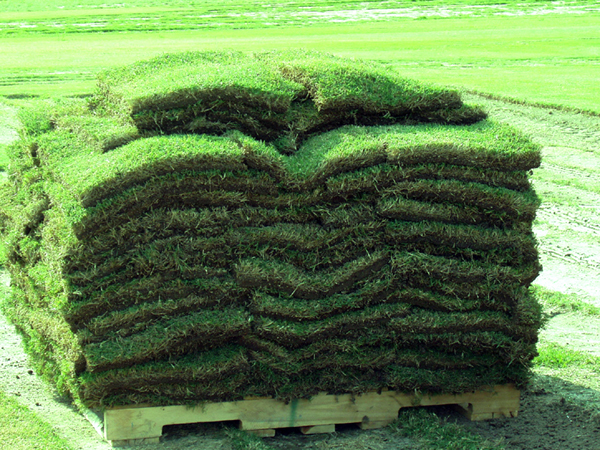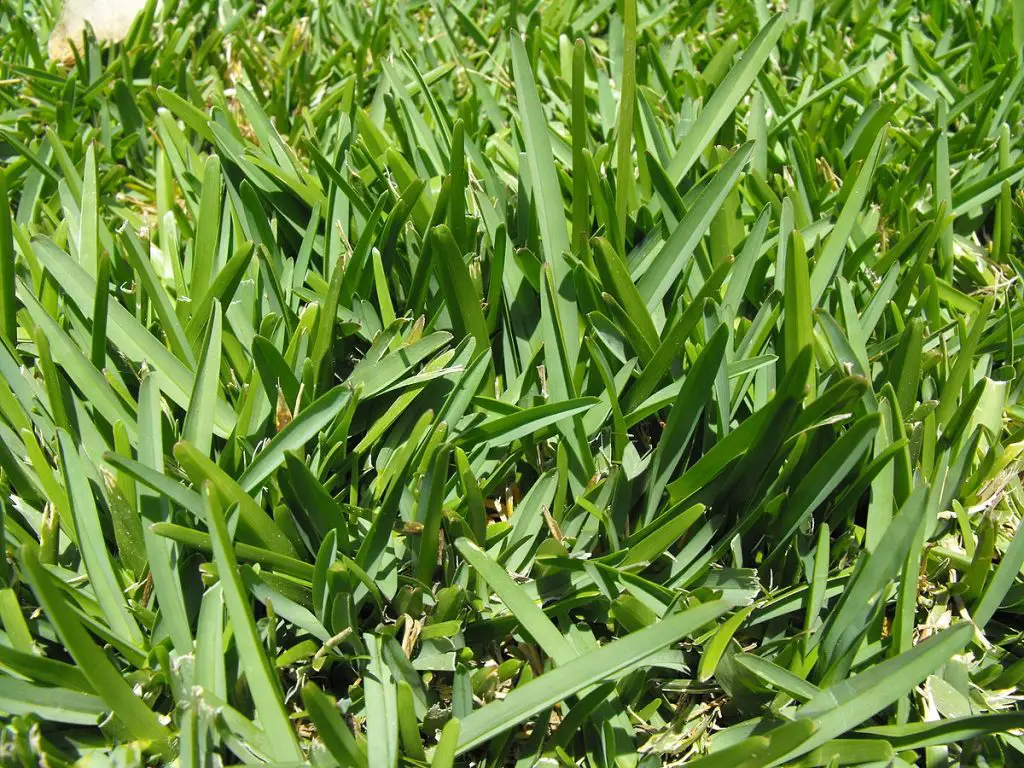If you notice some bare spots on your lawn, you might think that reseeding is the easiest way to repair it. While this is usually the case, there’s one small problem. There is no such thing as St Augustine grass seed. This is because it is extremely hard to grow. It is a warm-season grass that doesn’t produce enough healthy seed. It would cost far too much and take rigorous work to grow this way. Understandably, you won’t find it at your local garden center or hardware store. What are the alternatives to St Augustine grass seed?
While cool-season grasses can easily be grown from seed, you’ll need an alternative method for St Augustine grass. It is commonly grown from sod plugs. This is where the grass is already rooted in a piece of sod. When planted and treated accordingly, the St Augustine grass will spread to cover an area. Another alternative is to plant an entire section of sod. You may have more favorable results when starting with a thicker coverage for larger patch areas or if starting a fresh lawn.
Read more about the characteristics of St Augustine grass in our blog.
St Augustine Grass Plugs

If you are covering a smaller area that has some previous damage or thinning, it is usually advised to plant St Augustine plugs. You can achieve a beautiful thick lawn by using this method. It is easy to follow and requires only basic maintenance after the planting is complete. We listed the best St. Augustine plugs for you to choose from below ↓
- Water the area where you will be planting. This helps to loosen the dirt for easy digging. The softened soil will also allow roots from the plug to spread out.
- Dig holes for your plugs in a checkerboard pattern according to your package’s instructions. The bag should have notes on how deep and how far apart to dig. Place a scoop of fertilizer in the hole first before you plant the plug. Tamp the dirt gently around it to secure it in place and prevent any air pockets.
- Water the area a second time thoroughly. You will water again every 7 to 10 days. Once the plugs’ roots have been established, you’ll only need to water as needed.
- After around four to six weeks, you can mow the lawn. This will encourage the St Augustine grass to spread. You can safely mow regularly as you would with other lawns at this point. The Clemson Cooperative Extension has great information on yearly maintenance of St Augustine grass.
St Augustine Grass Sod

Maybe you need to cover a larger area. Planting plugs are great for small spaces, but a larger area would require more plugs. This is going to be a time-consuming process. Instead, you could plant St Augustine grass sod. Sod is like plugs, only sod is a larger piece of soil where St Augustine grass has been successfully rooted. You can probably find St. Augustine sod at a local gardening market.
- Measure the area you want to plant your sod. Purchase your sod accordingly to cover the entire area.
- Remove the old sod from the selected areas you will be planting your new St Augustine grass. You may need to rent a sod-cutter to help in this task. Remove any weeds. Make sure you have them pulled up with the entire root to keep them from growing again.
- Ensure proper levels with existing surfaces, like walkways and gardens, by digging down a few inches. Place a coverage of topsoil over the area. Loose topsoil will help give the sod room to root deeply.
- Lay the sod with the green side up and the brown side down. It’s as simple as that. Use a utility knife to trim the sod when needed to conform to existing perimeters.
- Water thoroughly. This is especially important on hot days. Continue watering several times per day for the first few weeks. Once the roots have taken hold, you can reduce watering to once per day or every other day.
- After two to four weeks, you can mow the grass like other lawns. You can find pictures of the different stages of St Augustine grass on the NC State Extension website.
St Augustine Grass Seed Alternatives
If planting seed is really the way you want to go, you’ll need to consider an alternative to St Augustine grass. This warm-season grass doesn’t grow efficiently from seed. However, there are other warm-season grasses that will grow from seed. You can purchase this commercially for your home lawn. Some warm-season grasses that grow efficiently from seed are all centipede grasses, some bermudagrasses, and some zoysiagrasses. You’ll need to follow specific planting and maintenance for these kinds of lawns. It is important to understand the differences in the proper care of these grasses to make your lawn perfect and prevent it from becoming damaged.
Conclusion

While it’s not impossible to grow St Augustine grass seed, it is not advised. You will not be successful in finding any available for commercial purposes. If your lawn needs repair or a total redo, consider using St Augustine grass plugs or sod. If you are insistent on planting a grass seed, you’ll need an alternative to St Augustine grass.
We recommend products from companies like Amazon, which we also get a small commission from, to keep this website running. However, we want to stress that all of the products we recommend are tested, used by us, and 100% unbiased and true.

